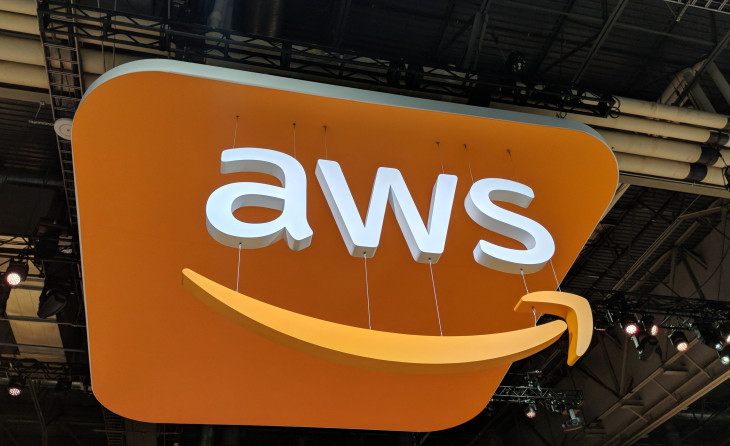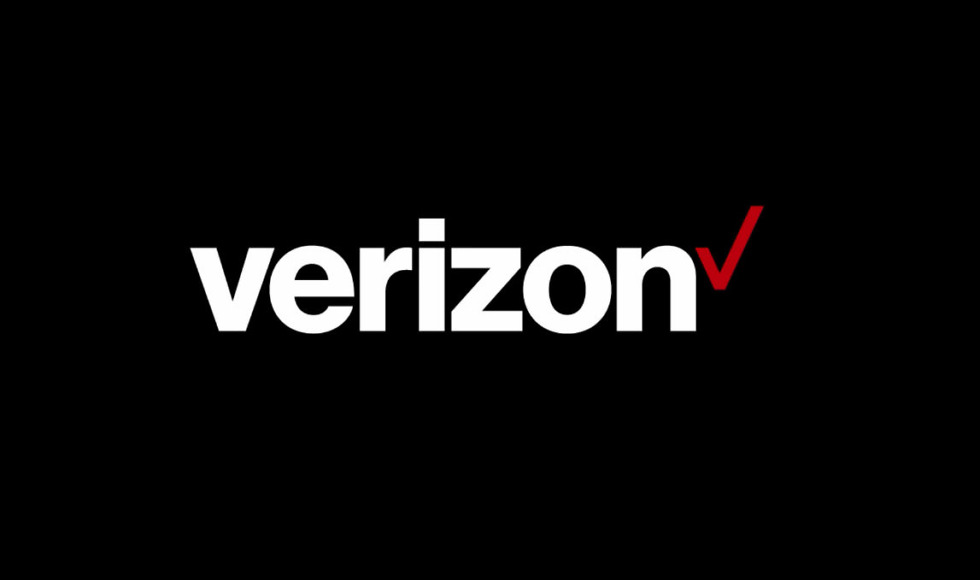The days of announcing accomplishments to the press seem to be gone, as more and more companies seem to go the route of quietly releasing their biggest discoveries. Last month, Amazon took that route as they released the ‘Wavelength’ platform, part of the Amazon Web Service (AWS) that is still up and coming.
The new Wavelength and ‘edge computing’ service offers “single-digit millisecond latencies” over 5G networks. The company says that this service is “latency-sensitive workloads”, as this includes AR/VR, IoT, gaming, and much more.

Amazon is working with mobile carriers that are deploying 5G networks to find places where they can deploy their new technology. One thing they are specifically targeting? Cloud-rendered AR and VR applications. We spoke on how this would be a problem, but we didn’t think Amazon would be the ones to find a solution, especially this fast.
Google has reportedly toyed with the idea of trying to bring VR headsets as a compatible device for Stadia. This would be a problem, as even regular mobile gaming has incredible latency problems right now. To have an experience even close to good with Stadia, you need a near perfect connection with no hiccups. Even then, it is unlikely to have a perfect gaming experience. 5G is going to change all of that.

“Today, application traffic has to travel from a device to a cell tower to metro aggregation sites to regional aggregation sites and to the Internet before it can access resources running in AWS. These network hops can result in latencies of more than 100 milliseconds. This prevents developers from realizing the full potential of 5G to address low-latency use-cases”, Amazon wrote. “Wavelength addresses these problems by bringing AWS services to the edge of the 5G network, minimizing the latency to connect to an application from a mobile device. […] [Wavelength] allows developers to build the next generation of ultra-low latency applications using the familiar AWS services, APIs, and tools they already use today—eliminating the need for developers to negotiate for space and equipment with multiple telecommunications providers, and stitch together application deployment and operations through different management interfaces, before they can begin to deploy their applications.”
Amazon references to “emerging interactive applications like game streaming, virtual [and augmented] reality, and real-time rendering that require latencies of single-digit milliseconds to end-users,” as users reasons for using the AWS Wavelength possibilities and technology.
At the start of the project, Amazon is working with carriers such as Verizon, Vodafone, SK Telecom, and KDDI to bring the service to Japan, parts of Europe, South Korea, and the US before the end of 2020.

As far as compatible hardware, you can expect Varjo to be on the short list going forward. Their high-end business-focused VR headsets make a perfect match and the fit will be seamless.
“Now, instead of having to develop expensive local computing services that would be impossible to run on a battery-operated device, we can use edge computing to scale the rendering power and the business of our industrial-grade [headset] from thousands to hundreds of thousands of units,” said Varjo CEO Niko Eiden.
For more VR news and community updates, make sure to check back at VRGear.com.






























